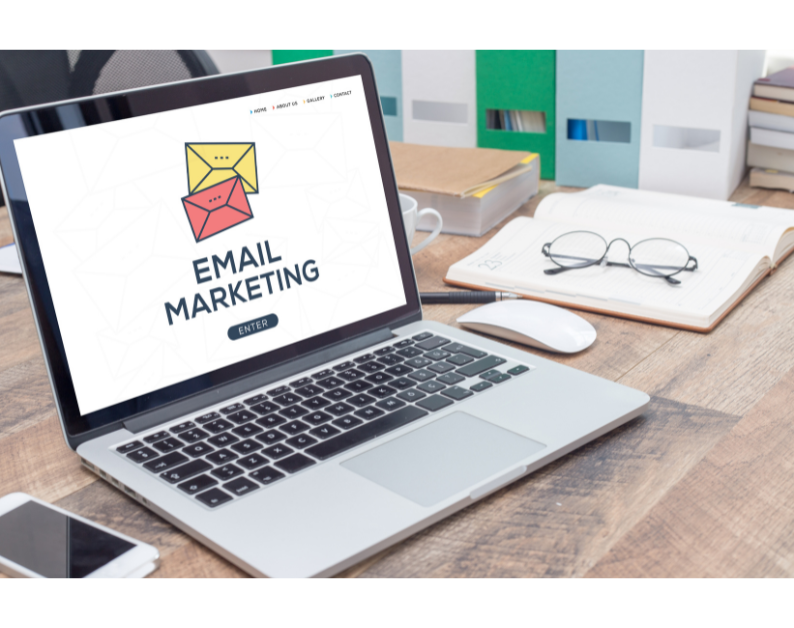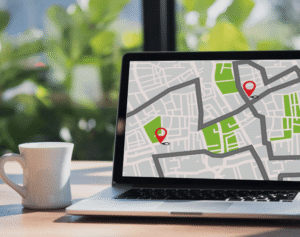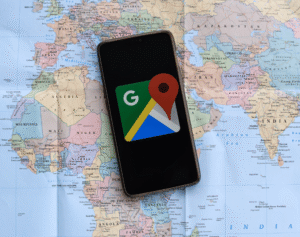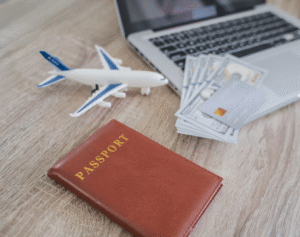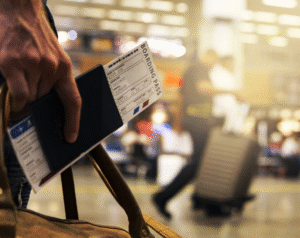How Email Marketing Can Boost Off-Season Travel Sales
Why Off-Season Matters In The Travel Industry
Every travel destination has its peak and off-peak seasons. During the off-season, many travel businesses struggle to maintain bookings, engagement, and cash flow. Yet, the off-season presents a unique opportunity to attract budget-conscious travelers, promote niche experiences, and build long-term loyalty. One of the most effective ways to do this? Email marketing.
Email marketing is a powerful tool that lets travel brands maintain communication with their audience, even when demand is low. It not only keeps your business top-of-mind, but also inspires travelers to take advantage of quieter seasons with unique offers they won’t find during peak times.
The Power Of Email Marketing For Travel Businesses
Email remains one of the highest ROI digital marketing channels, especially when it comes to nurturing relationships and driving repeat bookings. For travel and tourism brands, email marketing can:
- Keep your audience engaged year-round
- Promote special off-season offers and packages
- Showcase unique, lesser-known experiences
- Reignite interest from past customers
- Encourage early bookings for the next peak season
Additionally, email gives travel brands the ability to personalize content at scale. This means you can send the right message to the right person, at the right time—maximizing engagement and conversions.
Key Email Strategies To Boost Off-Season Sales
1. Segment Your Audience
Not every traveler is the same. Use email segmentation to target different groups based on behavior, past trips, budget, or interests. For example:
- Adventure travelers can receive hiking or backpacking deals.
- Luxury seekers might respond better to off-season resort discounts.
- Families can be offered school holiday specials or package deals.
With segmentation, you’re speaking directly to a traveler’s interests and making it more likely they’ll book.
2. Promote Off-Season Discounts And Packages
Highlight deals exclusive to the off-season. Offer:
- Limited-time discounts
- “Book now, travel later” incentives
- Bonus upgrades for early bookings
These promotions should create urgency. Use persuasive copy, scarcity cues (like “only 5 packages left”), and dynamic countdown timers to drive action.
3. Showcase Weather-Proof Or Seasonal Activities
Combat the common belief that off-season means “bad weather” by highlighting activities that are enjoyable year-round. For example:
- Spa and wellness retreats
- Food and wine tours
- Local festivals or cultural events
Use imagery and real customer reviews to paint a vivid picture of the benefits of traveling off-season. Show that it’s not a compromise—it’s a different kind of experience.
4. Tell A Story Or Inspire A Getaway
Email campaigns that spark emotion perform better than basic promotional blasts. Use storytelling to make a connection:
- Share stories from happy off-season travelers
- Offer local insights and hidden gems
- Include video content or behind-the-scenes destination footage
This helps turn inspiration into action. The more emotionally invested someone is, the more likely they’ll consider an off-season trip.
5. Offer Loyalty Rewards Or Exclusive Perks
Incentivize return travel during slower periods by offering exclusive perks to your loyal customers:
- Discounts for returning guests
- Early access to new packages
- Complimentary services (e.g., free breakfast, airport pickup)
- Double loyalty points or referral bonuses
Loyalty-focused campaigns give travelers a reason to come back—and spread the word.
6. Automate And Personalize The Journey
Marketing automation platforms can help you schedule and trigger off-season campaigns based on:
- Travel anniversaries
- Past booking behavior
- Website browsing history
This ensures that messages are sent at the perfect time—making them feel thoughtful rather than intrusive. Personal touches like using the recipient’s name or referencing past destinations make emails feel like personal recommendations.
Examples Of Effective Off-Season Email Campaigns
Example 1: “Escape The Crowds – Save 30% On Autumn Retreats”
A boutique resort uses rich fall imagery, a promo code, and bullet points outlining the peace, beauty, and lower cost of off-peak travel.
Example 2: “Rainy Day Adventures Await In Costa Rica”
An eco-tour company flips the narrative on rainy season travel, emphasizing lush landscapes, fewer tourists, and discounted tours.
Example 3: “Local Flavors, Fewer Tourists – Winter Food Tours In Tuscany”
A culinary travel company promotes off-season immersion trips, featuring cooking classes, truffle hunting, and wine tastings—without the summer crowds.
Best Practices For Travel Email Marketing
- Use personalized subject lines to increase open rates.
- Include high-quality, destination-specific images that inspire wanderlust.
- Make emails mobile-friendly, as many travelers read them on phones.
- Incorporate clear, compelling calls-to-action (CTAs) like “Book Now,” “Explore Deals,” or “Plan Your Off-Season Escape.”
- A/B test subject lines, images, and offers to continuously improve performance.
Tracking And Measuring Results
It’s essential to track key metrics to see how your off-season email campaigns are performing. Pay attention to:
- Open rates and click-through rates (CTR)
- Conversion and booking rates
- Revenue per email sent
- Unsubscribe and bounce rates
Use these insights to refine your campaigns, better understand your audience, and optimize timing, content, and offers for future emails.
Final Thoughts
Off-season doesn’t have to mean a slump in travel sales. With a thoughtful, targeted email marketing strategy, travel brands can turn quiet seasons into profitable ones. By focusing on the unique benefits of off-peak travel, creating personalized content, and building long-term customer relationships, email becomes a year-round revenue driver.
So, embrace the off-season—not as downtime, but as an opportunity to inspire, engage, and convert through the power of email marketing. One compelling subject line at a time.

